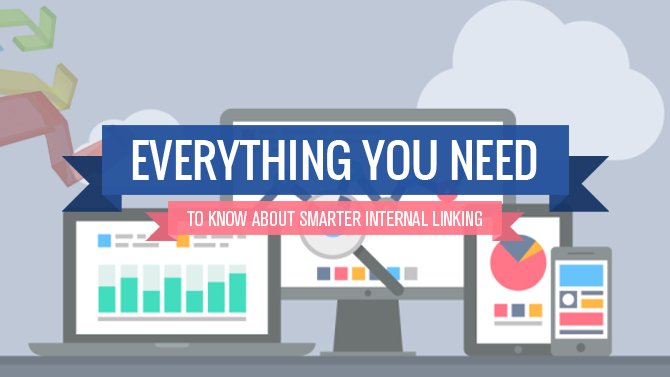
Generally, people do not put stress on their website’s internal linking structure, as they think it is not as important as the external linking structure is. As a result, people who used to think like that, and used to inter link their web pages without proper planning are the most affected ones by the recent Penguin update from Google. By now, some of you who are new to SEO or Search Engine Optimization might have started to think what is internal linking, and what kind of planning is required to get the most out of Google and rank higher in search results. But let us make it clear to you; the term ‘internal linking’ refers to the links pointing to other pages on the same website.
Why is internal linking so vital in SEO?
- Internal linking makes Google understand about essential pages of your website. To know if the internal link structure of your website is good or bad, enter “site:yourwebsitename.com” without quotes in Google search, then you will get to see a list of pages sorted out on the basis of their importance. If that list matches up with the order selected by you, then it means that you have made a good internal linking structure of your website.
- To draw attention of Google to the crucial pages, and to reduce the link juice being transferred to pages that are of low importance.
- To reduce the path of link juice pointing towards vital pages, so that each time you receive a link pointing towards a page with low priority, the link juice gets transferred to the crucial pages quickly.
- To enhance the quality of your website, as better internal linking structure provides users with awesome navigation, which eventually encourage them to browse more and more pages quickly and easily.
Traits of a good internal linking structure
- In a good internal linking structure, essential pages always have the most dominant and maximum number of links pointing towards them.
- If most of the internal links are pointing towards the same page, different anchor texts should have been used. As different anchor text links inform Google more about that particular page.
- Linking via text in the body of the web page content, rather than from menu items only.
Use great tools to plan internal linking structure
Various tools are available in the market today with which you can find keywords for your site, identify your competitors and keywords they are targeting, which is quite important in internal link structure, as you can always use vital keywords as anchor text. However, if you still do not want to use any software or tool for that, perform the tasks mentioned below to plan your internal linking structure.
- Research and select the best keywords for your website.
- Arrange those keywords according to their importance and use them wisely on different pages.
- Sort your web pages according to their significance, and fix the number of links on each of them.
- Draw a map of page linking to each other, as it will make easy for you to set up a better link structure.
- Choose different anchor texts on each page.
- Do not put all the links in footer itself, in fact you should also use sidebar and images for the purpose of inter linking.
- Instead of using word keyword, use a combination of two or more words as a keyword, for example; instead of using the word ‘SEO’ as your keyword, you can use ‘SEO India’. With this strategy, you can target two words at a time.
By now, you might have understood how crucial internal linking structure is for a website. Therefore, do not wait anymore, and plan your internal link structure accordingly.

